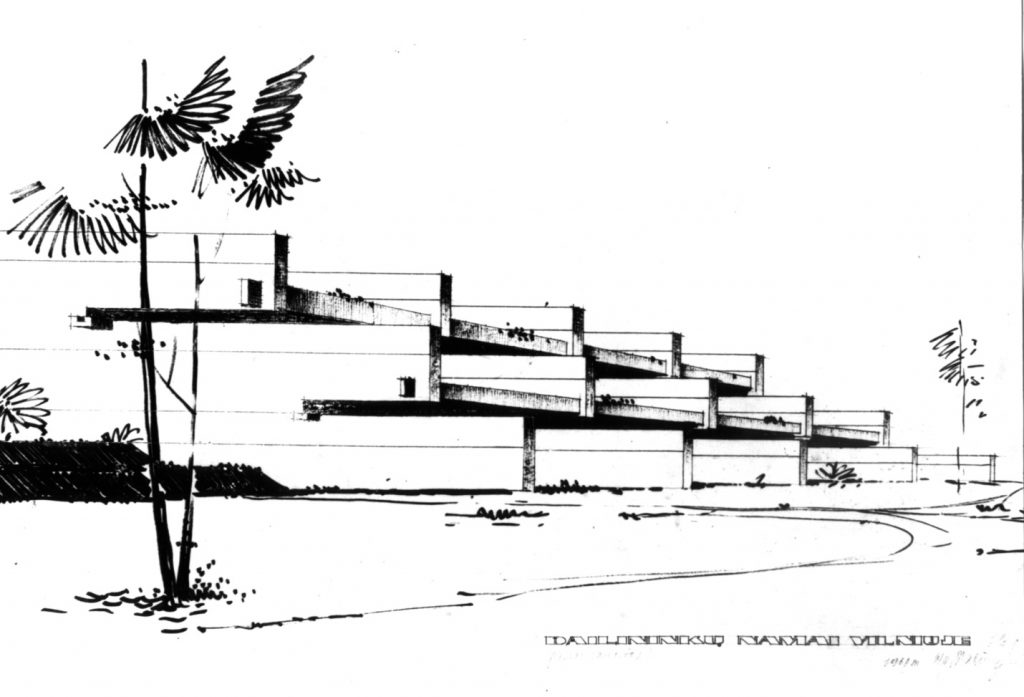Cooperative House-Building Practices in the Aftermath of WWII

Marija Drėmaitė (Vilnius University – Lithuania) Co-operative Housing in State Socialist Lithuania as a Field of Architectural and Social Experimentation
The social stratification of society is usually defined by income and profession, but, in the Soviet Union, social ranking was guaranteed rather by power and privileges. The socialist ‘market’ as a politically regulated field of social relations is the guide, by which sociologists study the various social groups and the elite in the supposedly classless Soviet society. The prohibition of building individual homes in large cities in 1958 re-introduced a co-operative housing program in 1962 as a substitute for the cessation of private (individual and single-family) houses in large urban areas. Co-operative apartment arrangements meant that residents contributed their own funds to housing construction, thereby shortening their time on the waiting list and securing the opportunity to build an apartment that was larger than what may have been allocated to them according to regulations. Politically, co-operative housing promised a solution to the difficult situation posed by the well-known Soviet apartment shortage. Architecturally it served as a field for experimentation for architects eager to express more varied planning ideas. From a social perspective, the process accelerated the concentration of more affluent urban dwellers. In viewing the class structure through the housing consumption, a hypothesis that the acquisition and consumption of co-operative housing helped to shape a Soviet middle class is proposed.
December 7, 2021 – 5 pm CET (Link)


